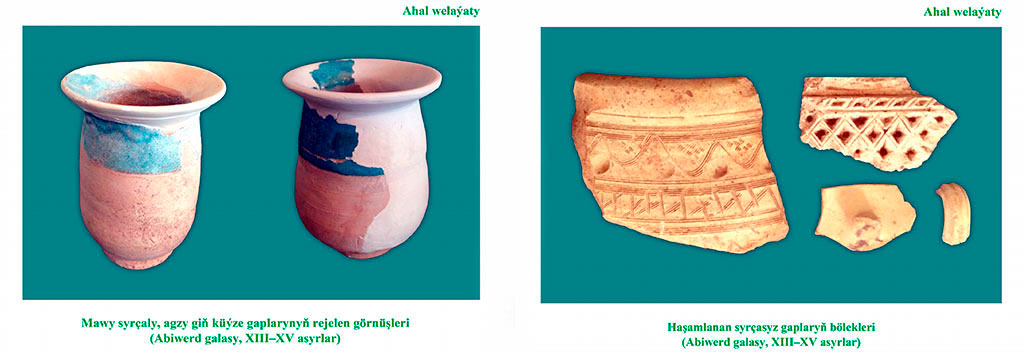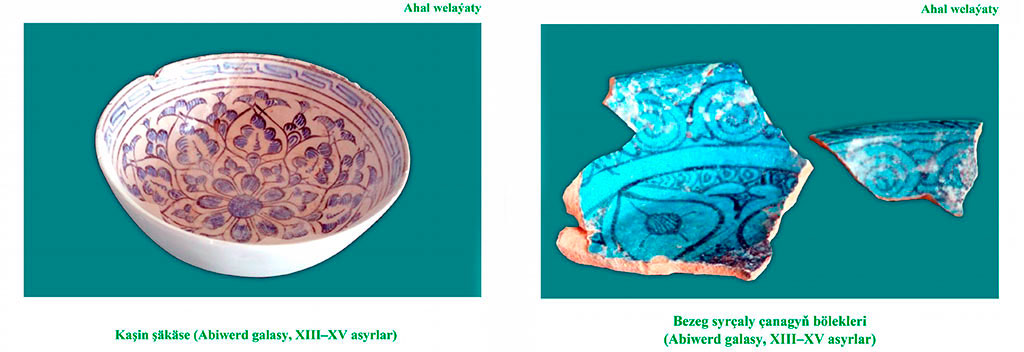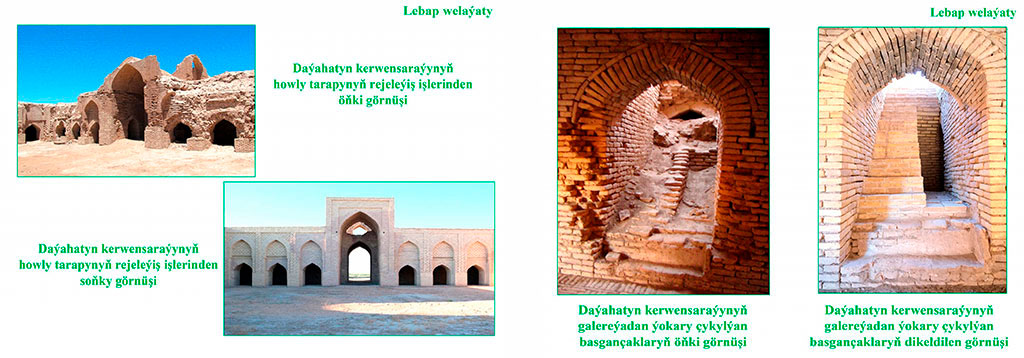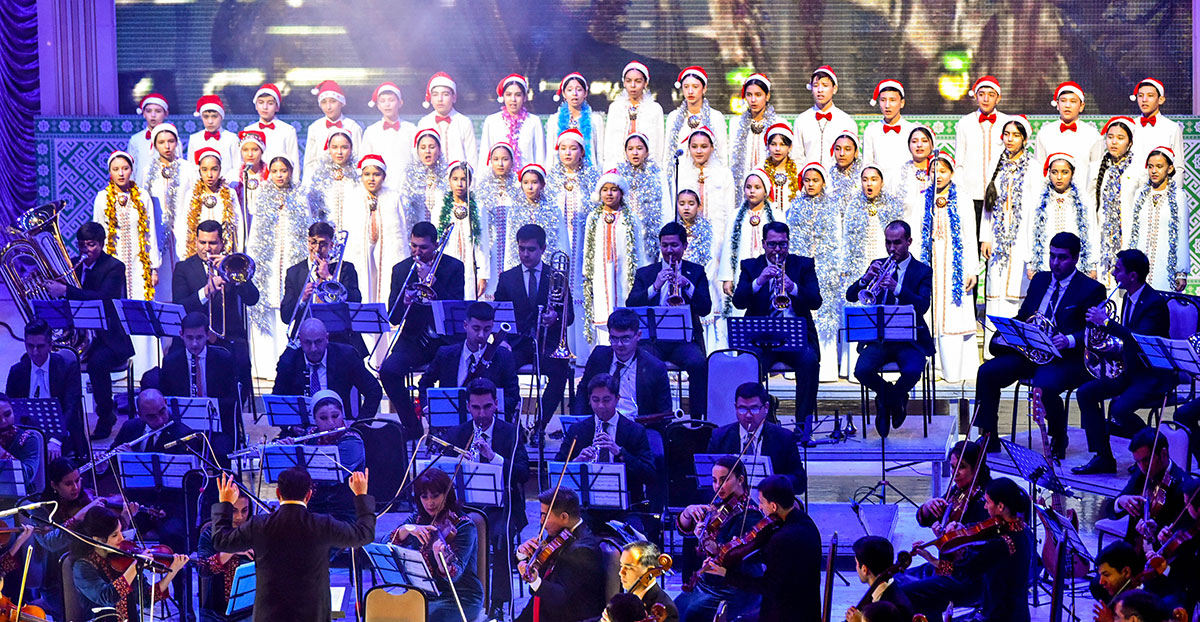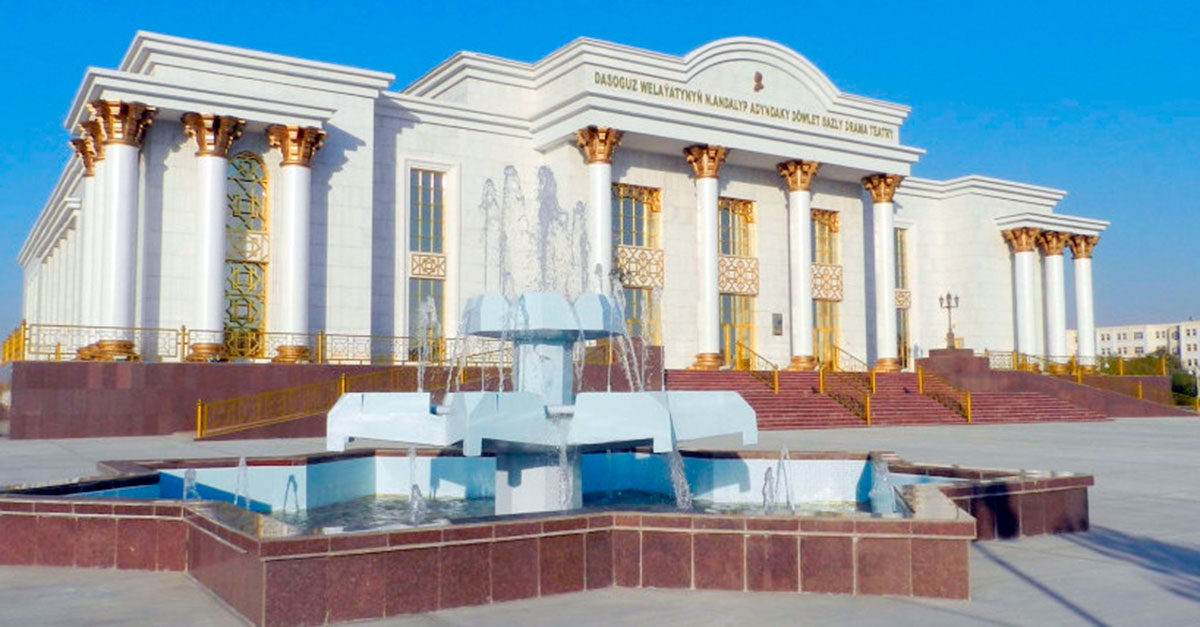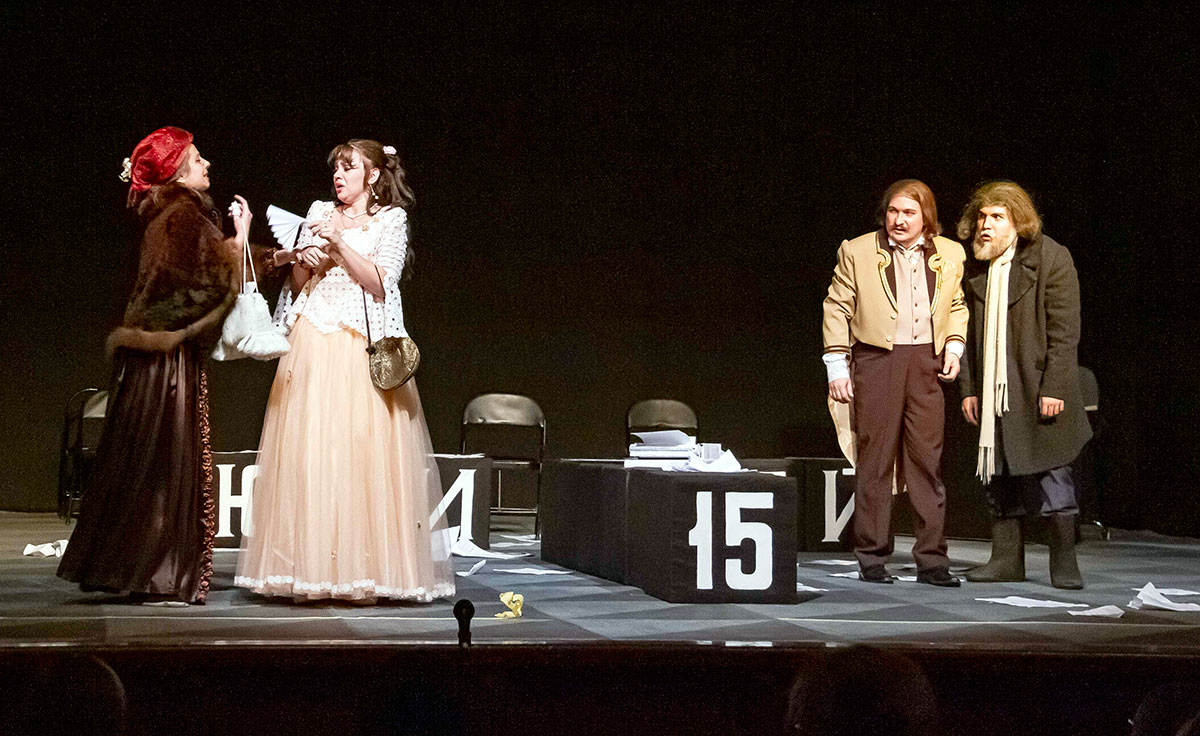The results of recent season were reported to President Gurbanguly Berdimuhamedov at the session of the Government on June 19, which indicates important status of this projects and entire big and steadfast work in this direction in general.
Turkmen scientists and specialists continued working in medieval Abiverd settlement in Ahal Velayat last spring according to the State Programme of archaeological excavations at historical and cultural monuments located along the Silk Road in Turkmenistan, study of cultural heritage and its popularization.
Thus, excavations have been held inside the fortress walls forming the city centre and previously hidden parts of craft workshops have been discovered. In particular, two-level furnaces, which were used for tempering of dishware, and remains of workshops have been found.
These archaeological findings are additional information to the truthful argumentation of the fact that production of mercury, which were used in jewellery and medicine, has been arranged in Southern Turkmenistan, to be more precise in Ahal foothills in medieval age.
In the meantime, restoration works of the portal of Friday mosque, which was built in the beginning of the XIII century by the last Khorezm Shakh Muhammed II, have been accomplished in Dehistan (Mashad- Misrian settlement) in other region of the country, on the territory of Balkan Velayat.
Based on archive photos captured this portal more than hundred years ago when it was in better condition, Turkmen specialists restored big arch above the main entrance to the mosque, having joined two separate pillars, on which the arch was resting initially.
In addition, archaeological excavaations have been continued at one of remained architectural objects of medieval Kunyaurgench, known as Caravansary, in Dashoguz Velayat. Big fragments of walls destroyed in the end of XIV century have been found in the result of excavations.
Their decoration is represented by terracotta tiles with beautiful carved ornament. At present, Turkmen specialists are engaged in analysis and restoration of new elements of medieval architectural décor.
The second phase of restoration works inDayahatyn Caravansary located near Amudarya on the territory of Lebap Velayat has been accomplished in the same time. President Gurbanguly Berdimuhamedov dedicated following lines in his book “Turkmenistan – Heart of the Great Silk Road” to this monument:
“Dayahatyn Caravansary is one of beautiful samples of ancient hotels in our Motherland. It is located on the territory of modern Gabakly village, Birata etrap, Lebap Velayat where trade caravan route used to run along the bank of Amudarya River from Amul to Kunyaurgench, the capital of Khorezm in the XI century. This is the only medieval construction of such kind in entire region, which remained until our days”.
Part of the gallery surrounding interior yard of the monument as well as adjoining premises have been restored in Dayahatyn Caravansary during works. It is planned to restore the fragments of epigraphic panels on the main façade of this famous caravansary, which would be reconstructed on scientific base, at the third stage of works.
Archaeological excavations have also been continued in Abdullakhan settlement near Bayramaly, Mary Velayat. Their objective was to find the location of lost main city gates of Merv in XIV – XV centuries, general image of which is famous owing to series of photos made in the end of XIX century. Specialists will have to determine the features of foundations of towers located on both hands of the gates.
Searches of unexplored facilities are carried out together with archeoological expeditions organized by National Department of Protection, Study and Restoration of historical and cultural monuments of Turkmenistan.
Numerous of unregistered monuments, which are registered now, have been discovered in the result of the search. Therefore, if previously total number of monuments in the State Register of national historical and cultural heritage of Turkmenistan was 1,397, now this number has increased to 1,422.
Special place in the policy of President Gurbanguly Berdimuhamedov in cultural sphere is given to wide popularization of national heritage in the world and international cooperation. Cooperation of Turkmenistan with the United Nations Education, Scientific and Cultural Organization is very important in this aspect.
Last spring, Turkmen specialists were engaged in study of certain caravan camps located on important branch of this route between Amul and Merv.
Drawings of facilities remained at this part of legendary routes have been made, photos have been made and boundaries of protective zones have been established around the monuments, which would be nominated to the UNESCO World Heritage List.




